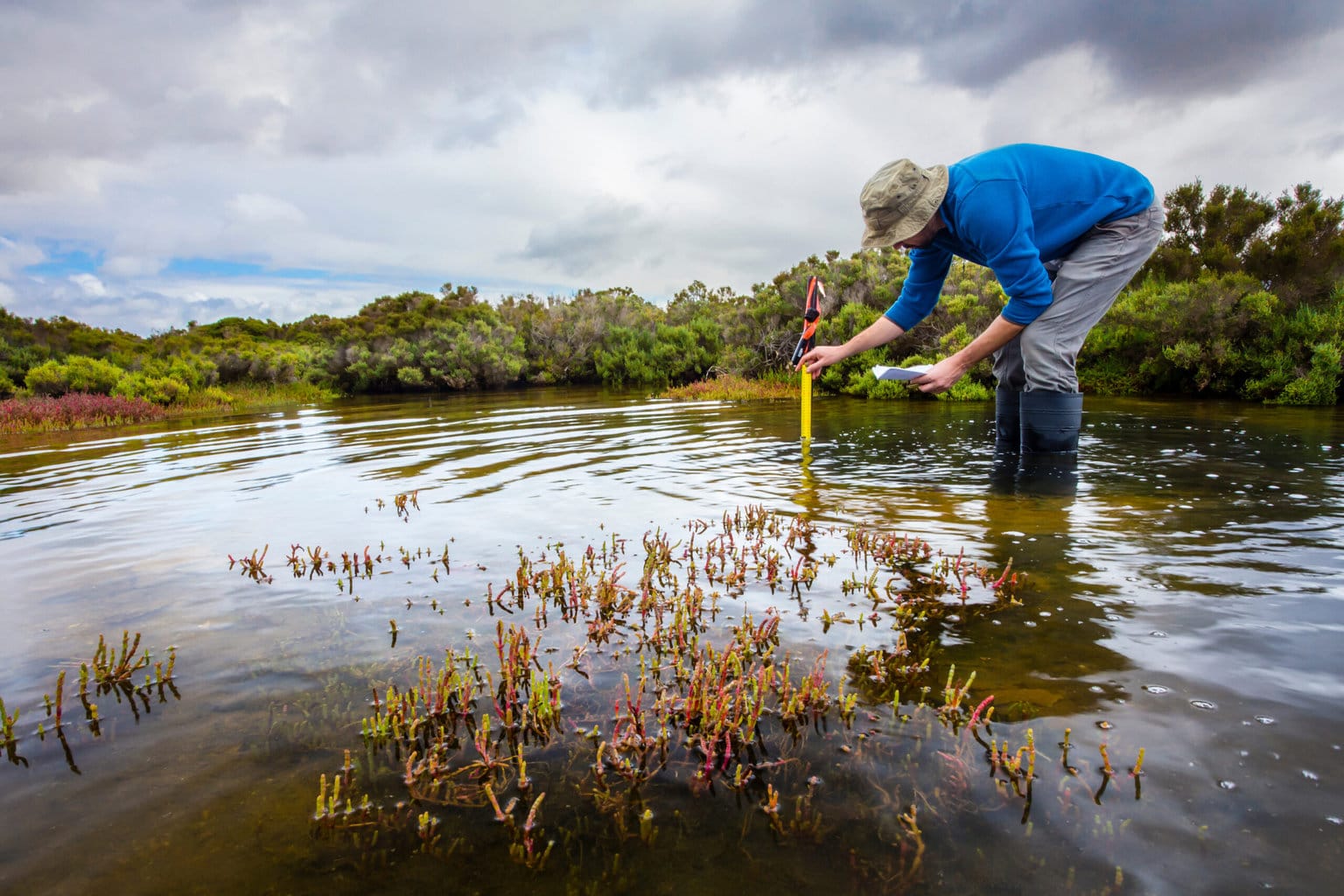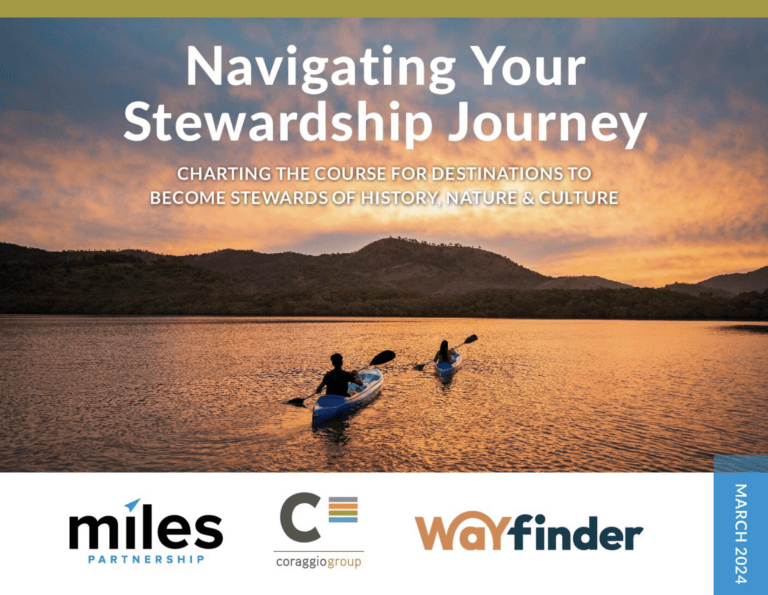What is Destination Stewardship?
Destination stewardship is the continuous pursuit of a net positive tourism ecosystem that exists in alignment with shared community values.
Why Destination Stewardship?
The future of travel does not exist without understanding what makes a place not only great to visit, but to live. In a world where the only constant is change, how do we ensure that the destinations we represent, reside in and travel to are equipped to build vibrant and flourishing communities for generations to come?
A great place to live is a great place to visit.
The answer lies in the industry’s transformative shift from destination marketing and management to destination stewardship. Taking a holistic, multi-stakeholder approach to a destination’s strategic planning and implementation, destination stewardship is aimed at improving the quality of all life—inclusive of humans and the natural habitats that surround us.
Crafted by the tourism industry’s thought leaders and subject matter experts, we’ve defined destination stewardship as: the continuous pursuit of a net positive tourism ecosystem that exists in alignment with shared community values.
Destination stewardship is supported by four guiding principles that support destination organization decision-making while balancing the needs of residents and visitors alike. These principles include: economic prosperity; protection and respect for culture and heritage; social well-being; and environmental preservation and ecological balance.

Economic Prosperity
Economic prosperity is vital to ensuring the prosperity of our communities. Under this guiding principle, destination organizations should consider the economic impact of tourism and identify solutions to measure, maximize and equitably share its benefits. On the other hand, organizations also need to minimize negative impacts on the local economy which can range from housing shortages to leakages.
Tourism’s economic benefits emerge when a destination organization understands the challenges and opportunities in relation to economic factors such as its tourism value chain, workforce development, local entrepreneurship and supply chain management. Additionally, organizations can facilitate cross-sector linkages, collaborating with other industries to add value to their destinations and create a more sustainable growth model.
Identification & Preservation of Culture & Heritage
A destination’s appeal comes from its identity and unique characteristics, something which can only be understood when we take the time to learn about the past. By protecting and respecting a destination’s culture and heritage, destination organizations are able to celebrate and share authentic stories with visitors and residents.
This guiding principle takes into consideration an organization’s ability to effectively manage cultural heritage sites and artifacts, minimize visitor impact and authentically share stories from diverse cultures. Engagement and partnership are key to this approach, and destination organizations should work to support and build relationships with locals, experts, Indigenous communities and marginalized groups to both elevate, enhance and develop the cultural experience of a destination.


Social Well-Being
The social health and well-being of a destination is characterized by the quality of life and satisfaction of its residents. This approach to destination stewardship encompasses engaging, supporting, and providing equal opportunities and access for all individuals and groups within the tourism context, while mitigating the negative impacts related to safety and security.
Embracing collaboration, destination organizations should facilitate opportunities for engagement between stakeholders to help identify community needs, support social initiatives, and measure the sentiment toward tourism and overall destination management. The social well-being principle seeks to create a shared responsibility for the destination’s success and development.
Environmental Preservation & Ecological Balance
Destination stewardship aims to improve the quality of life for all beings, requiring us to recognize the environmental impacts tourism has on a destination’s natural resources, environment and biodiversity. With the support of residents and visitors, destination organizations should strive for ecological balance by supporting environmental factors and creating programs to engage stakeholders.
Efforts can include managing visitor flow and capacity, implementing management plans to protect and and conserve sites of natural significance, reducing tourism-related greenhouse gas emissions or developing disaster response plans. This guiding principle reinforces the need to adopt regenerative practices, measure impact and identify responsible tourism initiatives that not only preserve, but improve the natural environment.


Navigating Stewardship Whitepaper
Charting the course for destinations to become stewards of history, nature and culture. We’ve created a guide to help destinations navigate their stewardship journey. Click the link below to learn more.